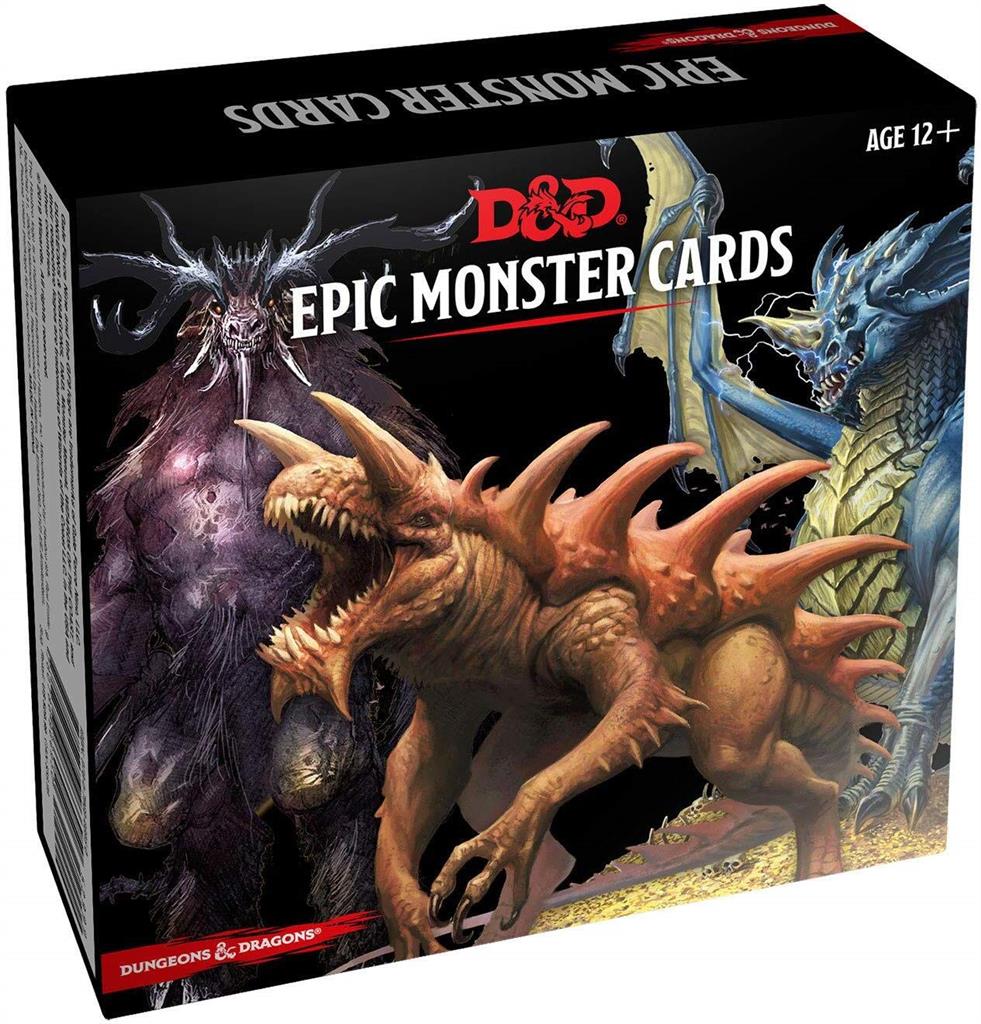
The authors described the werewolf as "a classic monster" and "the best illustration of a monster with damage reduction unless characters have a silver weapon, they will have a hard time hurting this creature". The archetypal lyncanthrope, the werewolf, was ranked sixth among the ten best low-level monsters by the authors of Dungeons & Dragons For Dummies. Like many examples of werewolves in modern fiction, D&D's werewolves and other lycanthropes are vulnerable to silver and highly resistant to other kinds of harm.Īn illustration in one edition of the Monster Manual implied that the beast in Disney's Beauty and the Beast was a lycanthrope, with a creature having a resemblance to the Beast attacking a human resembling that film's antagonist, Gaston.


It notes that "n exchange for learning how to control your condition, you gain Damage Reduction, +2 to your Wisdom stat, the Scent ability, Low-Light Vision, a new Hit Dice, the Iron Will feat, and the ability to transform into a more powerful form". "It is possible for a character to be infected with lycanthropy in Dungeons & Dragons and it comes highly recommended, as the benefits outweigh the negatives".

Screen Rant has described the operation of lycanthropy in the game as an aspect that "makes no sense" because it is often a positive development for a character. In humanoid form, they can use any weapon, and in animal form they use natural weapons like the corresponding animals, but each type has a different fighting style in hybrid form. Most lycanthropes in animal form can communicate with animals of their type. Lycanthropes can assume the form of an animal/humanoid hybrid, in addition to their animal form. They usually are not aware of their actions and act as aggressive predators. Infected lycanthropes' shapechanges are affected by the full moon. Hereditary lycanthropes can change shape at will, and retain their personality, being in control of their actions. The rules distinguish between natural and afflicted lycanthropes, according to the cause of lycanthropy, and handle them by different rules. In the standard Dungeons & Dragons rules, lycanthropy is both hereditary (the children of lycanthropes are lycanthropes of the same type) and infectious (victims of lycanthrope bites become lycanthropes themselves, of the same type as the attacker).


 0 kommentar(er)
0 kommentar(er)
